Thinking of getting a cat? How about your kids? Are you wondering how to mix cats and kids the right way?
Discover the secrets to successfully introducing a cat to children in this informative article. Learn the best practices and techniques for creating a harmonious bond between your beloved cat and your little ones.
We'll guide you through the process, offering valuable tips and advice to ensure a safe and positive experience for everyone involved. From initial introductions to teaching respect and responsibility, let's explore the perfect way to mix cats and kids.
Plus, find out why it's crucial to read this article before considering a cat as a gift for your children.
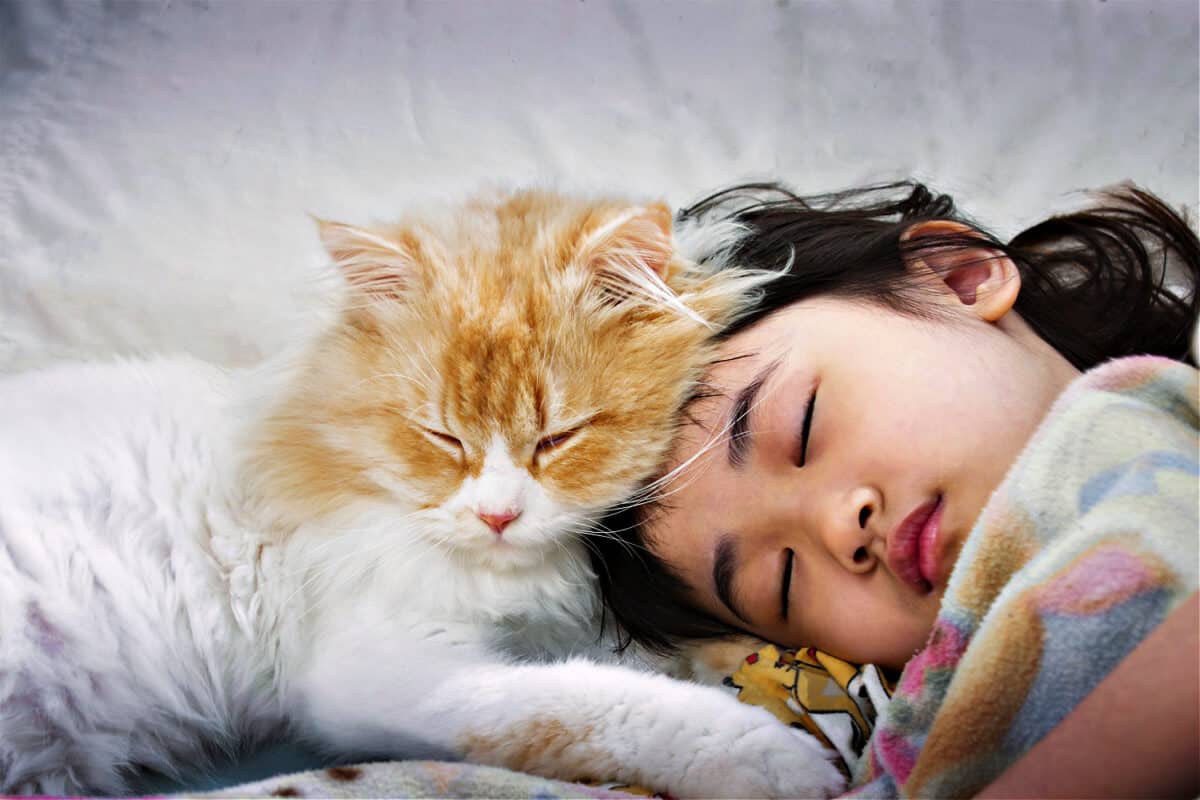
Practicing Cat Care with Young Children
Practice Makes Perfect (Sense)
Introducing children to cat care can be a fun and educational experience. By using simple techniques and engaging activities, you can help them develop a strong bond with their feline friend.
Teaching with Stuffed Animals: Understanding Kitty's Anatomy
A stuffed animal serves as a great teaching tool for young children. Use it to point out different body parts of a cat, such as the eyes, ears, nose, and toes. Emphasize that a cat's tail helps with balance during running and should not be treated as a handle.
Demonstrate the proper way to hold a cat, supporting the front legs and providing backside support, avoiding any dragging or dangling by one leg.
Coordination and Gentle Touch: Building Control and Awareness
While little hands may have good intentions, their coordination may not always be the best. Gentle touches can quickly turn wild and unintentionally hurt the cat. Use the stuffed Kitty as a practice tool to help children develop control over their touch.
Remember, it is crucial never to leave a small child and a cat unsupervised, ensuring the safety and well-being of both.
Understanding Cat's Needs: Time and Boundaries
Cats have their own preferences when it comes to petting. Some enjoy being lap cats for extended periods, while others have lower tolerance levels.
Teach small children how to count and suggest saying, "Let's pet Kitty four times. One, two, three, four. Take a break." This teaches them to respect the cat's boundaries and signals when it's time to give Kitty a break.
Engaging Playtime: Fun and Entertainment for Both
A wadded up piece of paper can become a source of endless entertainment for both the cat and the child. Additionally, using a fishing pole toy can help tire out an active child and provide an outlet for the cat's energy.
Trailing each other around the house can lead to peaceful nap times. However, always ensure that the pole is not used to poke or hit the cat, promoting gentle and respectful play.
Involving Young Children: Simple Tasks and Responsibilities
Even young children can play a role in cat care. They can remind parents when it's time to feed the kitty after naps, fostering a sense of responsibility.
To keep children away from the litter box, teach them to notify you when Kitty has used it. They can hold the bag while you scoop or help open the trash can. These simple tasks instill a sense of involvement and cooperation in caring for the cat.
SIGN UP FOR THECATSITE'S EMAIL UPDATES >
Nurturing Respectful Interactions with Older Children
Older Children: Different Perspectives and Boundaries
As children grow older, their perceptions of cats' entertainment value may vary. Boys may be inclined to play rough, while girls might dress the cat in doll clothes and push them in a buggy.
It's essential to establish clear boundaries from the beginning. Prohibit actions like giving the cat a bath, teaching them to swim, or attempting daring tricks like "will he really land on his feet?" to ensure the cat's well-being.
Teaching Respect and Empathy
One of the most crucial lessons for older children is to treat the cat as a living being, not as a disposable item or toy. Foster a sense of respect and empathy towards the cat, emphasizing the importance of understanding and meeting their needs.
Involvement in Cat Care
Engage older children in the daily routines of feeding, providing water, and maintaining the litter box. Allow them to accompany you on vet visits to witness examinations and shots.
Request the veterinarian to demonstrate how the scanner works for Kitty's microchip, creating an educational and interactive experience for the children.
Emphasizing Indoor Safety
Highlight the significance of keeping Kitty indoors to ensure their safety and well-being. Older children can actively participate by reminding their friends to close doors and be mindful of Kitty's presence.
During busy times like parties or holidays, designate a peaceful and quiet room where Kitty can retreat and feel comfortable.
Respecting Boundaries and Avoiding Startling Moments
Cats startle easily, and it's crucial to remind older children that it's not cool to sneak up on the cat and scare them. If a cat scratches or bites, it's never an excuse to retaliate by hitting or hurting Kitty.
Encourage children to approach the cat gently and respectfully, fostering a harmonious and safe environment for both.
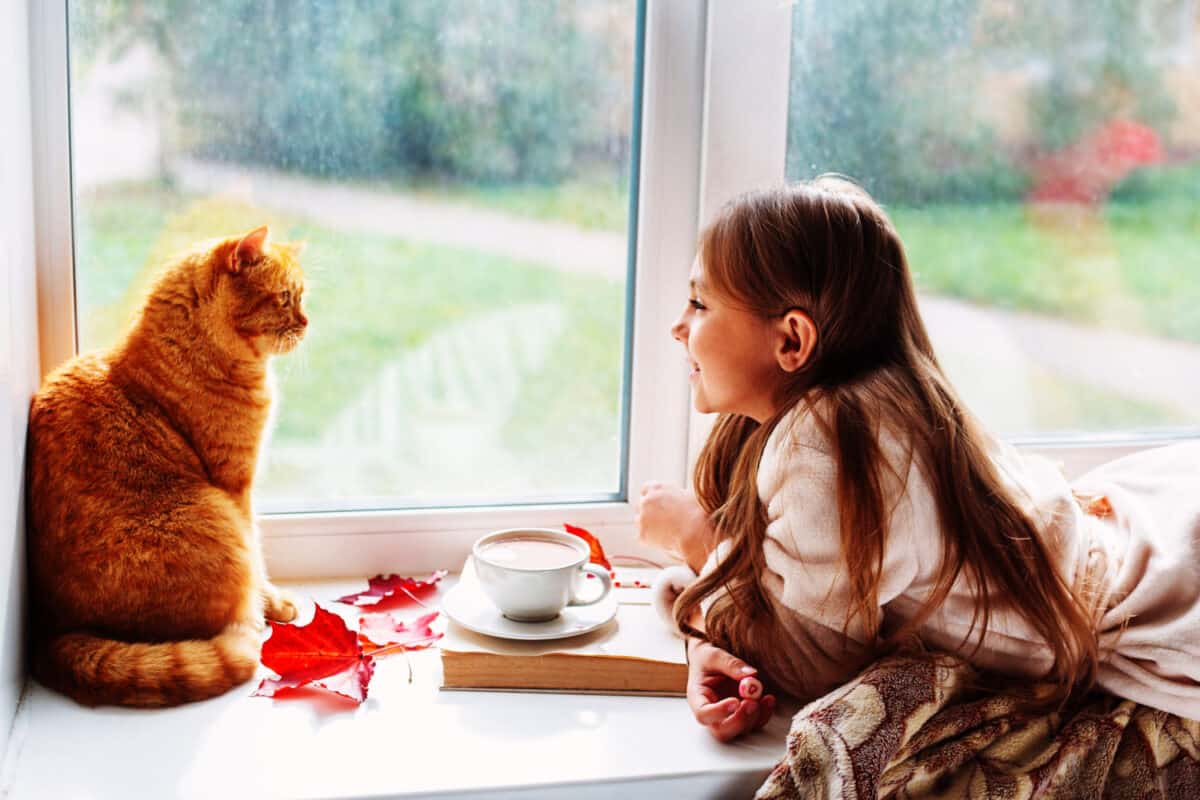
Considering Allergies: Preparing for a Cat's Arrival
Allergies? Explore Allergic Reactions Before Adoption
When considering bringing a cat into your home, it's essential to address the possibility of allergies. Instead of bringing a cat home only to discover that your child is allergic, take proactive measures to assess their reaction beforehand.
Visit Veterinarian Offices, Shelters, and Adoption Days
To gauge your child's response to cats and kittens, inquire if your veterinarian has a friendly office cat or visit local shelters. Another option is dropping by the pet supply store on adoption days.
These controlled environments allow you to observe any allergic symptoms your child might experience.
Pre-Planning and Preparation for a Harmonious Blend
With some pre-planning and preparation, cats and kids can be a wonderful combination. By taking the necessary steps to evaluate potential allergies, you can ensure a smooth and enjoyable experience for everyone involved.
It's a proactive approach that sets the stage for a harmonious and loving relationship between your child and their feline companion.
Long-Term Benefits of Cats and Kids
Having a cat as a part of the family can bring numerous long-term benefits to children. Beyond the immediate joys and responsibilities, the presence of cats can have a positive impact on children's development, well-being, and overall happiness.
The Impact on Children's Development and Well-being
Research suggests that growing up with cats can contribute to children's social, emotional, and cognitive development. Cats can teach children important life skills such as empathy, compassion, and nurturing.
Interacting with cats can also enhance children's emotional intelligence and help them learn to understand and interpret nonverbal cues.
Companionship and Emotional Support
Cats have a unique ability to provide companionship and emotional support to children. They can be trusted confidants, offering comfort and reassurance during challenging times.
The presence of a cat can reduce stress and anxiety, promote relaxation, and improve overall emotional well-being.
Nurturing a Harmonious Bond Between Cats and Kids
As we come to the end of this article, it's important to emphasize the significance of responsible cat ownership and fostering positive interactions between cats and kids. By following the guidelines and tips discussed throughout this article, you can create a harmonious bond that benefits both the child and the cat.
Throughout this journey, we explored various aspects of introducing cats to children, from understanding the benefits of cat ownership for a child's development to practical tips for successful integration. We learned how to introduce cats to children of different ages, how to promote safe interactions, and how to address common challenges that may arise.
In summary, remember to:
- Introduce cats and children gradually and under supervised conditions.
- Teach children to respect cats as living beings, not as toys.
- Involve children in the care and routine of their feline companion.
- Maintain a safe and nurturing environment for both the cat and the child.
- Seek professional guidance if any concerning behavior or issues arise.
By implementing these practices, you can create a loving and lasting relationship between cats and kids, enriching the lives of both. Cats can provide companionship, teach empathy and responsibility, and offer comfort and emotional support to children.
So, whether you're considering adding a cat to your family or already have one, remember to prioritize responsible ownership, provide a safe environment, and foster positive interactions. Together, we can create a world where cats and kids thrive in harmony.
Thank you for joining us on this journey, and we hope you enjoy the incredible bond that can be formed between cats and kids.
SIGN UP FOR THECATSITE'S EMAIL UPDATES >
Last but not least, if you're considering a cat as a gift for your kids - read this first.
Comments? Leave them using the form below. Questions? Please use the cat forums for those!
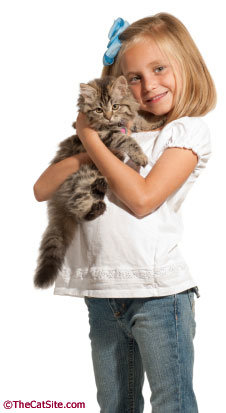
Note: We may get commissions for purchases made through links on this page.


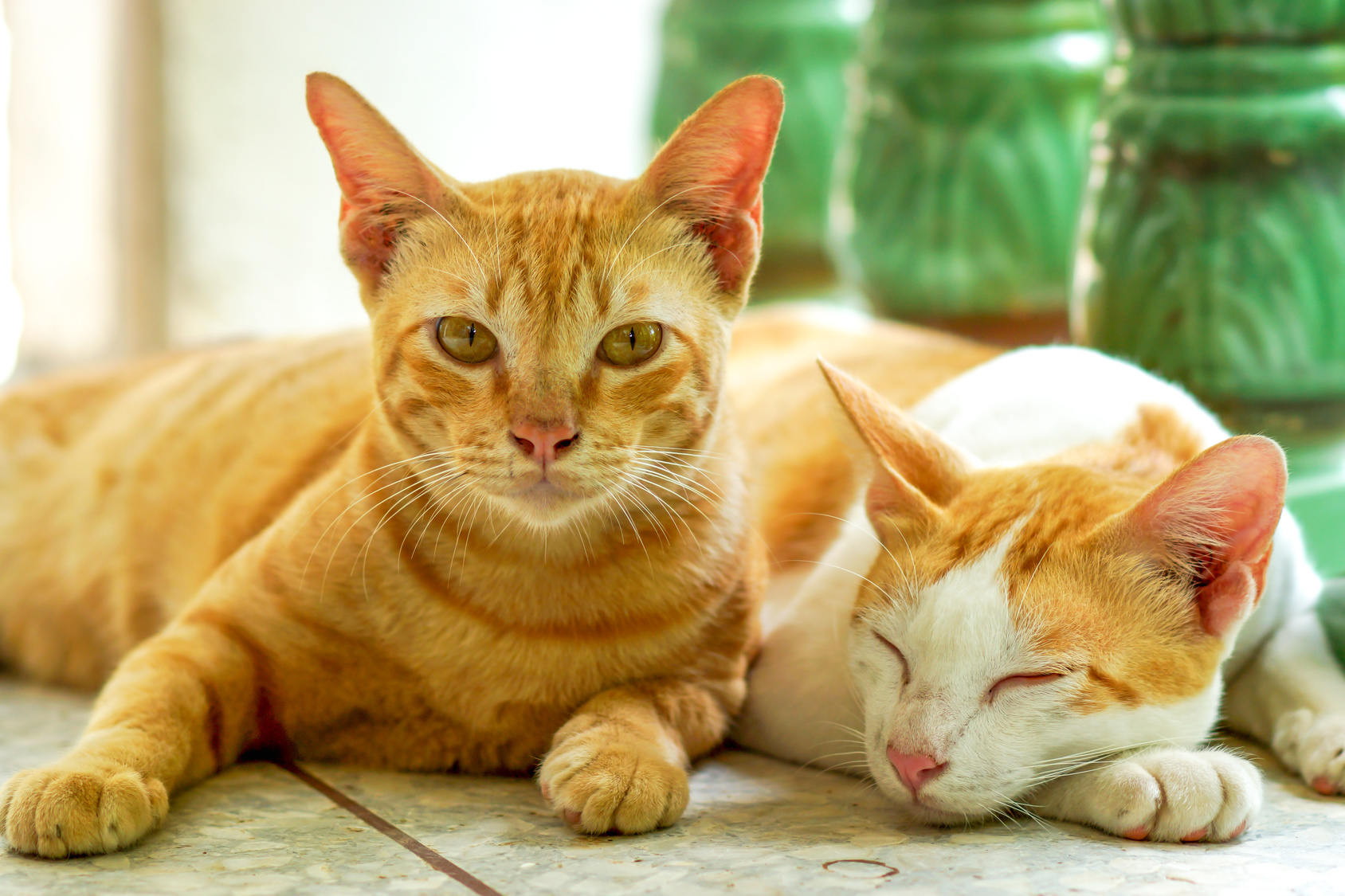
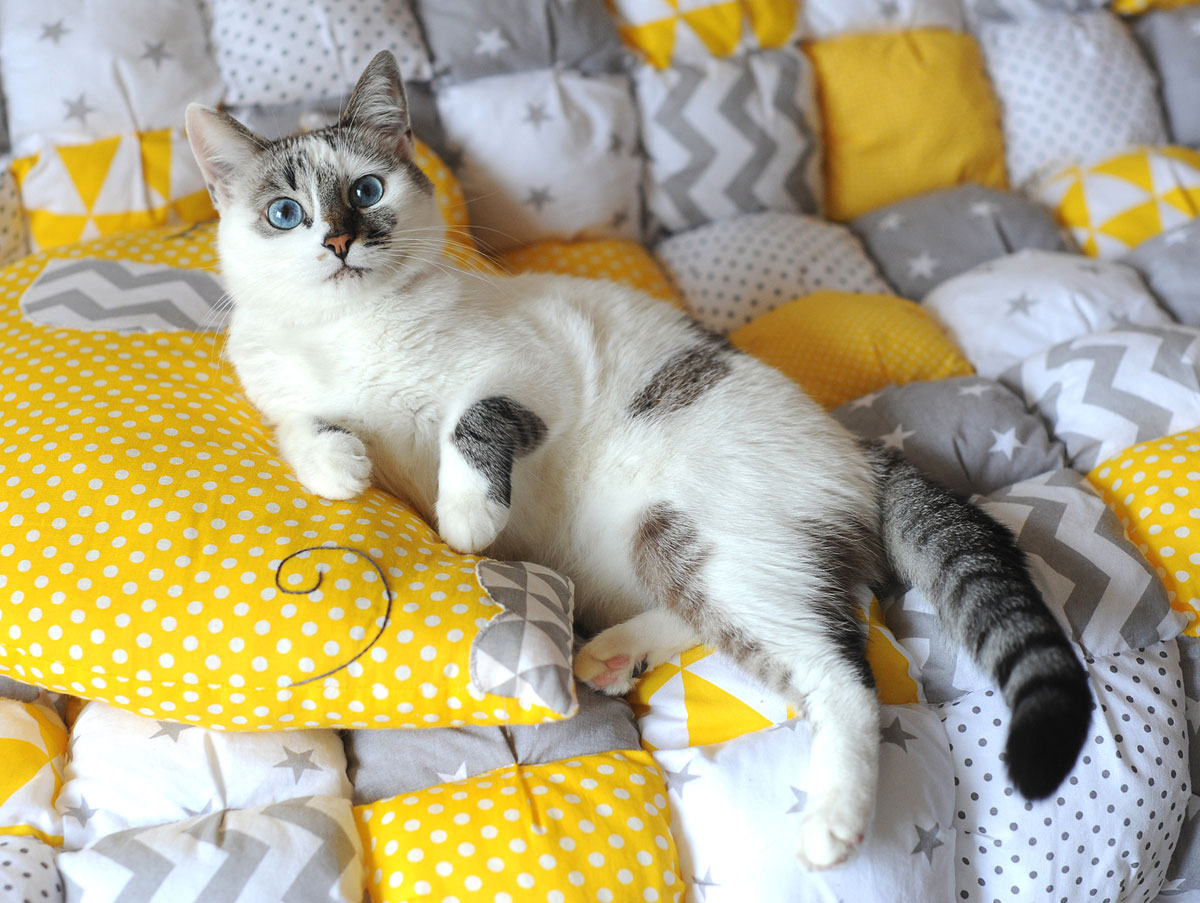
5 comments on “How To Mix Cats And Kids The Right Way”